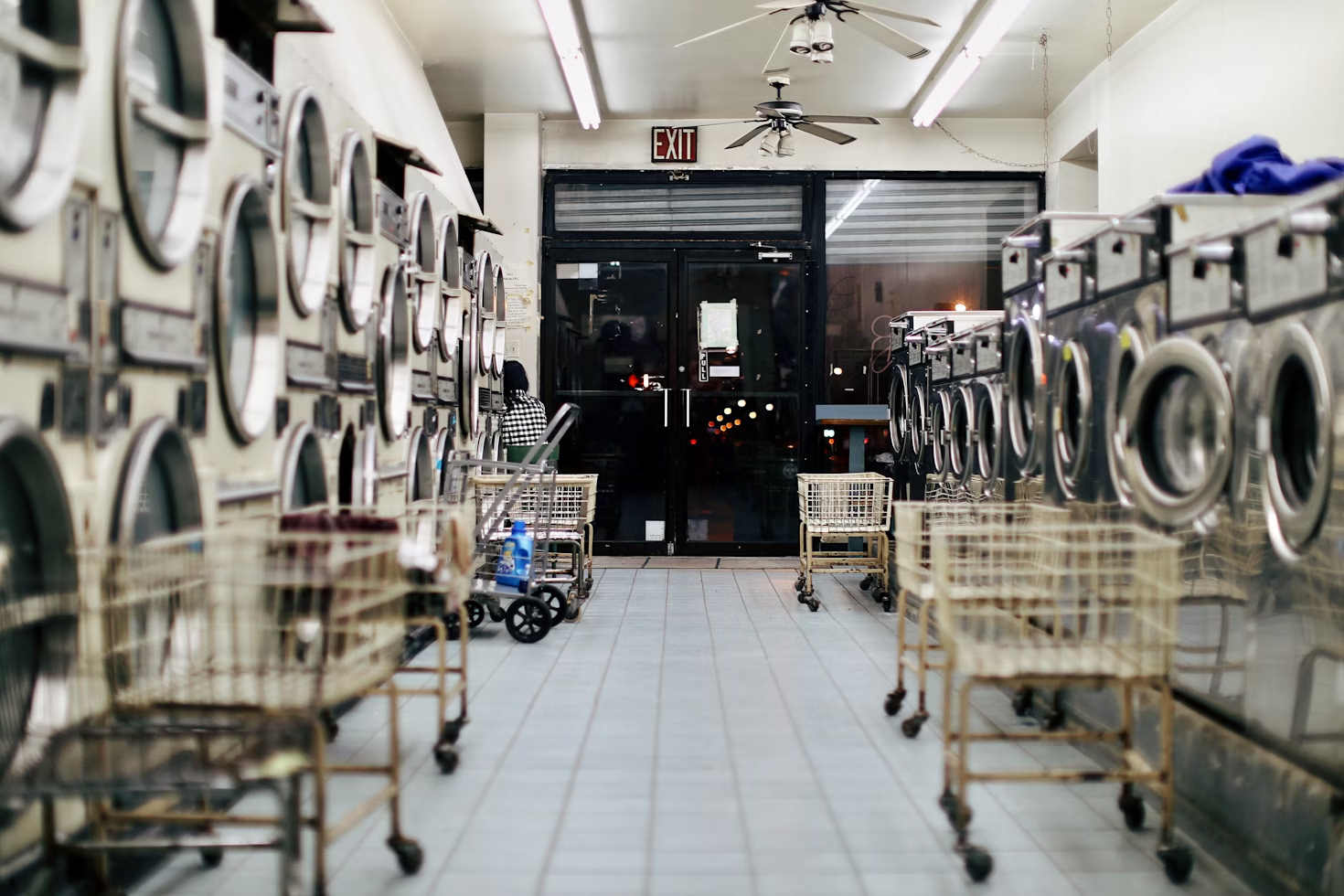Operators have several financing tools available depending on the business model, credit history, and whether the equipment is for a new buildout or retrofit. Choosing the right method depends on long-term goals and how quickly the equipment will generate revenue. Some programs offer fast approvals with minimal paperwork, while others provide better interest rates with more documentation. Consider working with lenders familiar with the laundry industry for smoother underwriting. Below are several common financing paths laundromat owners explore:
- Equipment Loans
A traditional loan where you borrow a lump sum to purchase machines. The equipment serves as collateral, and payments are spread over a set term with fixed interest. - Leasing Agreements
Leases let you use the equipment for a fixed period with the option to buy at the end. This reduces upfront costs but may cost more long-term depending on the buyout structure. - SBA 7(a) or 504 Loans
Government-backed loans with lower interest rates and longer repayment terms. They require strong documentation but are ideal for larger purchases or remodels. - Vendor Financing
Manufacturers or distributors may offer in-house financing bundled with purchase and installation. Convenient, but often with limited flexibility and higher rates. - Line of Credit
A revolving credit line for purchases, upgrades, or repairs. Best for recurring equipment needs over time.
What to Prepare Before Applying for Equipment Financing
Gather business and financial documentation to show lenders your operation is healthy and capable of repayment. A well-prepared package speeds up approval and reduces risk. Incomplete applications often lead to higher rates, delays, or rejection. For large loans or SBA programs, include an executive summary showing how new equipment will increase profitability, plus machine lists, vendor quotes, and installation costs.
- Tax Returns and P&L Statements
Most lenders will require two years of tax returns and recent profit/loss statements. These show business stability and repayment ability. - Business Plan or Equipment ROI Summary
Especially important for new laundromats or major overhauls. Show how the financed equipment will drive revenue and reduce operational costs. - Credit Score and Debt Summary
Your business and personal credit will be checked. Provide a summary of outstanding loans to demonstrate transparency. - Vendor Quotes and Equipment Details
Include formal price quotes and product sheets from your preferred supplier. This helps the lender verify asset value and loan structure.
How to Evaluate the True Cost of Financing
Don’t focus only on monthly payments—review total repayment, fees, penalties, and required insurance. Match loan terms to equipment life. Factor in savings from energy-efficient machines, which often offset financing costs. Always model a few scenarios to balance affordability and long-term cost.
How New Equipment Can Drive Revenue and Efficiency
Modern washers and dryers improve reliability and boost performance. In many cases, they form the backbone of self-service laundry systems, offering faster cycles, larger capacities, and programmable features that enhance the customer experience. Energy Star-rated machines reduce utility bills, and IoT features allow remote monitoring. Newer machines also attract customers and may justify premium pricing. Financing lets you realize these benefits immediately.
Tips for Managing Financing and Maximizing ROI
Track ROI by monitoring usage, customer volume, and maintenance savings. Avoid unnecessarily long loan terms if faster payments are possible. Pair financing with marketing to highlight new machines. Maintain equipment to extend lifespan and protect your credit for future expansions.
Closing Thoughts: Smart Financing is Smart Ownership
Financing laundry equipment isn’t just about acquiring machines—it’s about positioning your business for growth. When you match the right financing structure with high-ROI equipment and disciplined cash flow, you strengthen your brand and profitability. With the right planning and financial strategy, your machines won’t just clean clothes—they’ll help build a stronger business.








